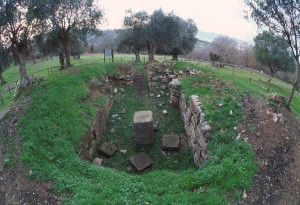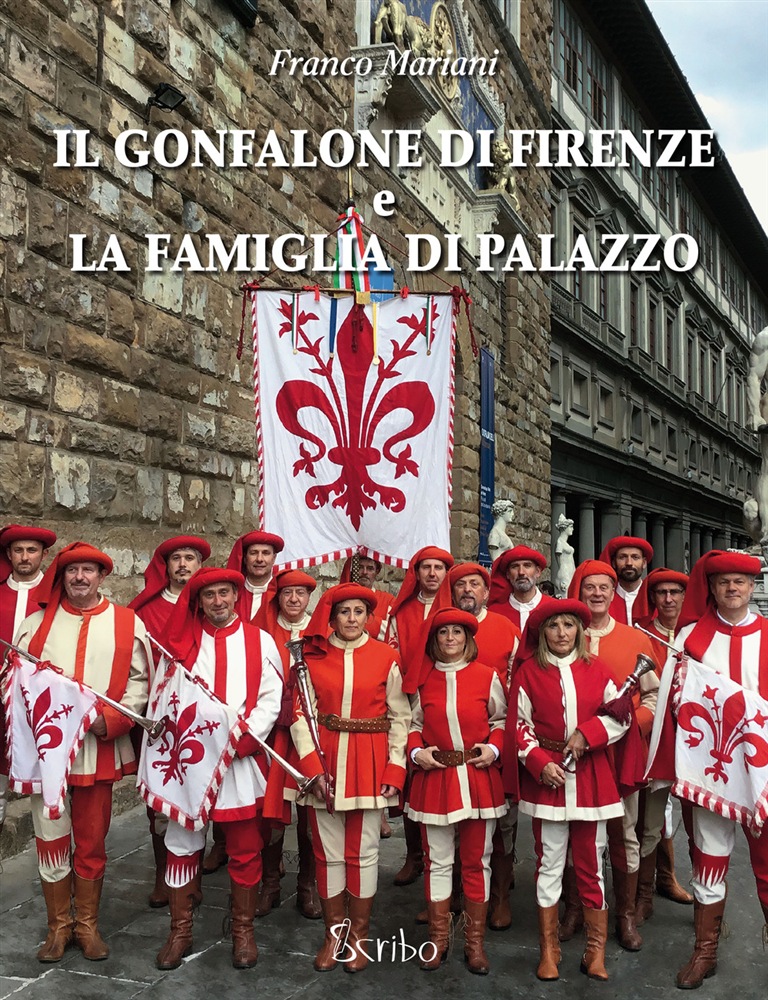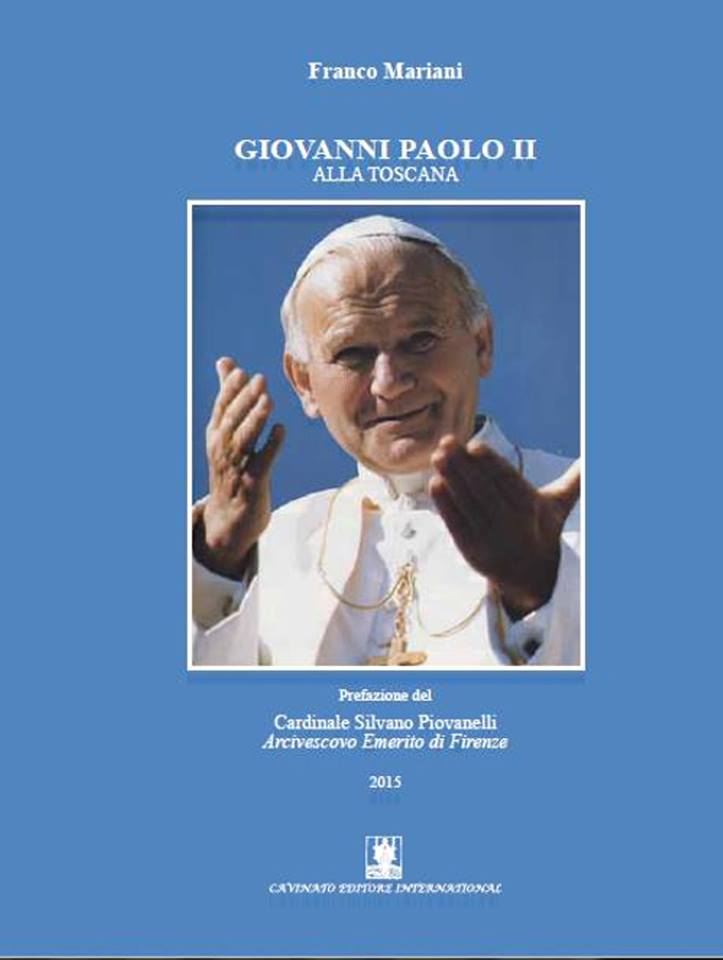Discovering a ghost town, Vetulonia
 There are many cases of mythological cities of Tuscany, founded in ancient times and never found, buried by time and memory.
There are many cases of mythological cities of Tuscany, founded in ancient times and never found, buried by time and memory.
One of these, a legendary Etruscan mythological held until 1887, instead it was actually discovered by some scholars who were able to find in their excavations the first traces of the ancient village of Etruscan origin, Vetulonia.
The existence of this very important Etruscan settlement was based on traces collected in the ancient works of Dionysius of Halicarnassus, where Vetulonia is remembered as an ally of the Latins against Rome, nel VII, sec. a.C, with Volterra, Roselle and Chiusi; then, the work of Silius Italico that traces its to the inhabitants of Vetulonia symbols of Roman power, such as the fasces, the curule seat (a folding seat in the shape of X ornate ivory, symbol of the judiciary, initially reserved for the King of Rome and later to the magistrates), the toga with the purple band and bucina war (a particular horn), and finally the mammoth work of Pliny.
These were the ancient sources that spoke clearly to the existence of an important urban center Etruscan; but where was finished? How was it possible to have lost all trace "physical"?
Not even the Repetti, the one who wrote the "Historical Dictionary of Tuscany" had been able to figure out if that city had really existed or not. In fact, the same reports: "The hill Vitulonio raises doubts have belonged to the ancient Etruscan city of Vetulonia, on the location of which modern archaeologists menano no small noise ".
In the nineteenth century some scholars resumed research to identify the last traces of the ancient Etruscan settlement. Isidoro Falchi turned out the winner of the challenge, although even years before he had taken a big blunder in asserting 1880: "Willed that people settled in the Etruscan Maremma would build in Val di Corniala his first metropolis, Vetulonia, recognized by almost all writers to the city chief of origin of the Etruscans ".
Had erred incredible, pointing to the river Cornia, who was forty miles to the north from what will be the exact location instead dell'etrusca Vetulonia.
Isidoro Falchi was a doctor by profession with a passion for archeology. Find Vetulonia had become his new mission, and one morning during searches around the hills of the valley, suddenly it was revealed traces of the ancient city.
The discovery, admits the same doctor, it was for pure randomness; In fact, talking to some farmers in the area, he was told by them that whenever plowing, the plow often slammed with ancient statues, cocci, vasellami, jewelry, cinerary urns.
From there, the Hawks began the laborious excavations in search of the foundations of Vetulonia, discovering wonderful things that allowed us to reconstruct the history of this ancient Etruscan settlement.
The country where they worked the peasants was a tiny medieval village named Column, that in a thousand was under the possession of the Abbey of St. Bartholomew's Sestina.
In 1332 passed into the hands of the republic of Siena up to mid-sixteenth century, then incorporated in the Grand Duchy of Tuscany.
But its origins, in the face of the many historical finds, are explained very well by the words of Richard Gatteschi, in an article devoted to the "City Found": "Currently Vetulonia (municipality of Castiglione) away from the sea about ten miles as the crow flies, but in the Etruscan period could be considered in all respects a seaside town (and in fact, a statue which is preserved in the Vatican Museum, the city is represented by a man who rests on the shoulders of an oar), because it was found that in front of the hill on which stood the city opened a large lake - the lake Prile - that communicated with the sea through a navigable channel ".
It was a port city and, then, traders and travelers. In other words Vetulonia played, in the landscape of the Etruscan civilization, the lead role from the eighth to the fifth century BC. thanks to the intense mining. Then intervened a period of decline, perhaps due to the prevalence, both on land and at sea, not too far away Populonia. In the third century there is a recovery, evidenced among other things by minting its own coins in silver and bronze, with the words Vatl. The advent of Rome's victory over rival Silla Mario coincide, however, with the inevitable decline.
From that moment Vetulonia you lose track suits. While the lake is slowly transformed into a mephitic bog (although it is now a fertile agricultural land) above the city with its necropolis was submerged and hidden by the dense vegetation of the uninhabited places of the Mediterranean coast.
It had been more or less two thousand years, but finally the 22 July 1887 the King of Italy by royal decree restored the old name of the village Vetulonia.
Vetulonia is remembered for his golden years, ranging from the eighth to the fifth century a.C, when the town flourished an amazing civilization, where the manufacture of jewelery and dentistry, with findings of capsules and dentures, denote the highest development achieved over time by this population Etruscan.
It is a wonderful area to visit with rare gems of beauty, as the necropolis and tombs along the way Tomb, the ruins of the ancient Etruscan walls still visible, a museum full of Etruscan, Roman and Villanovan which is located in Piazza Vetlunia dedicated to Isidoro Falchi.
Michael Lattanzi
By the number 34 – The Year of 8/10/2014







Follow Us!